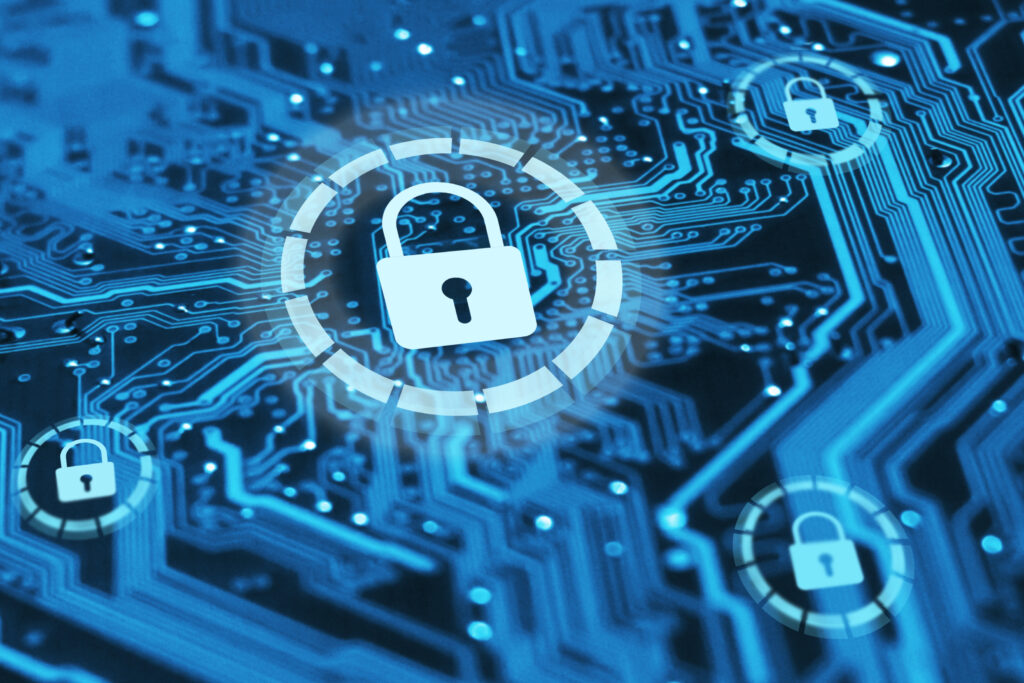The Evolution of Security Operations Centers: Trends Shaping the Future of Cyber Defense
In the ever-changing landscape of cybersecurity, Security Operations Centers (SOCs) have become the frontline defense for businesses worldwide. With the increasing sophistication of cyber threats, SOCs must evolve to stay ahead of malicious threat actors. Managed SOC as a Service (SOCaaS) is emerging as a vital solution, offering advanced capabilities and expertise to protect organizations. This blog will explore the latest trends and advancements in SOCs, including AI integration, updates in threat intelligence, and automation, and how Managed SOCaaS is shaping the future of cyber defense.
The Evolution of Security Operations Centers
SOCs have traditionally been the hub of an organization’s cybersecurity efforts, providing monitoring, detection, and response to security incidents. However, the rapidly evolving threat landscape demands more advanced and agile SOCs. The integration of cutting-edge technologies and innovative strategies is crucial for SOCs to remain effective and stay ahead of cyber threats.
Key Trends Shaping the Future of SOCs
- AI Integration: Artificial Intelligence (AI) is revolutionizing the way SOCs operate. AI-driven tools can analyze vast amounts of data at unprecedented speeds, identifying patterns and anomalies that may indicate a security threat. Machine learning algorithms continuously improve, enabling more accurate threat detection and reducing false positives. Managed SOCaaS providers are leveraging AI to enhance their capabilities, offering superior protection to businesses.
- Threat Intelligence: Real-time threat intelligence is becoming a cornerstone of modern SOCs. By accessing up-to-date information on emerging threats and vulnerabilities, SOCs can proactively defend against potential attacks. Managed SOCaaS includes access to global threat intelligence networks, providing businesses with timely and relevant insights to bolster their security posture.
- Automation: Automation is essential for managing the increasing volume and complexity of security alerts. Automated processes can handle routine tasks, such as log analysis and incident triage, freeing up human analysts to focus on more complex threats. Managed SOCaaS utilizes automation to streamline operations, improve efficiency, and ensure rapid response to incidents.
- Advanced Analytics: SOCs are harnessing the power of advanced analytics to gain deeper insights into security events. Predictive analytics can anticipate potential threats, while behavioral analytics can detect unusual activities that may signal a breach. Managed SOCaaS integrates these analytics capabilities, providing businesses with a comprehensive view of their security landscape.
- Cloud Security: As more organizations migrate to the cloud, securing cloud environments has become a priority for SOCs. Managed SOCaaS offers specialized cloud security solutions, ensuring that businesses’ cloud infrastructure is protected against threats. This includes monitoring cloud activities, securing data, and ensuring compliance with industry standards.
Benefits of Managed SOC as a Service
Managed SOC as a Service provides several advantages over traditional SOC models:
- Scalability: Managed SOCaaS can scale to meet the needs of businesses of all sizes, providing tailored security solutions without the need for significant in-house investment.
- Expertise: Businesses gain access to a team of cybersecurity experts who are continually trained on the latest threats and technologies.
- Cost-Effectiveness: By outsourcing SOC operations, businesses can reduce the costs associated with maintaining an in-house team and infrastructure.
- 24/7 Monitoring: Managed SOCaaS ensures continuous monitoring and rapid response to security incidents, providing peace of mind to businesses.
Conclusion
The evolution of Security Operations Centers is driven by the need to address the growing and evolving cyber threat landscape. Trends such as AI integration, threat intelligence, and automation are transforming how SOCs operate, making them more effective and efficient. Managed SOCaaS is at the forefront of this evolution, offering advanced capabilities and expertise to protect businesses from cyber threats.
By embracing these trends and leveraging Managed SOCaaS, organizations can enhance their cybersecurity posture, ensuring robust protection against the latest threats. The future of cyber defense lies in the continuous evolution and adaptation of SOCs, guided by innovative technologies and strategies that keep businesses safe in an increasingly digital world.
